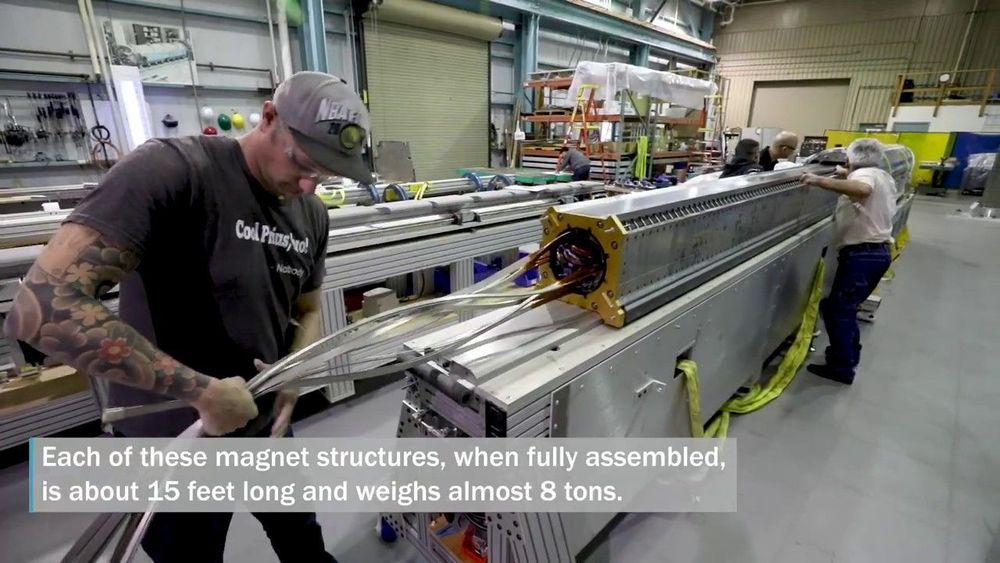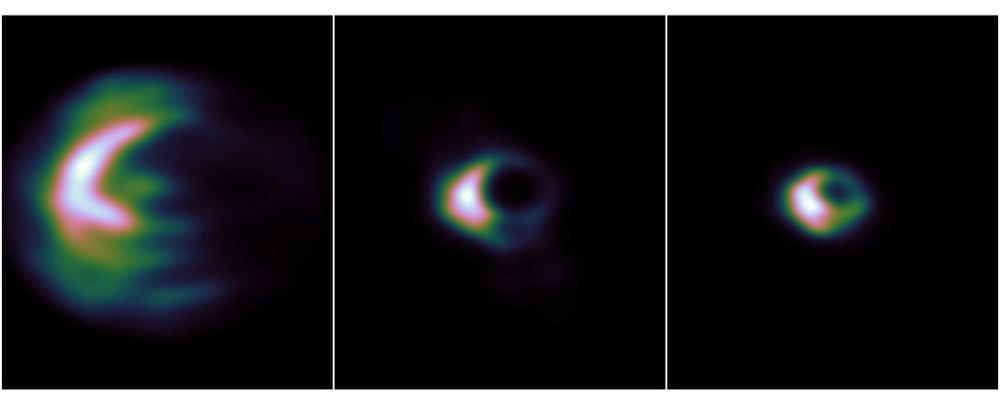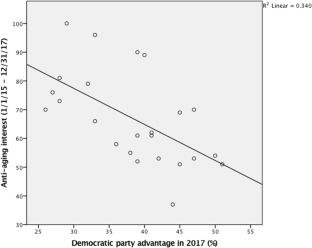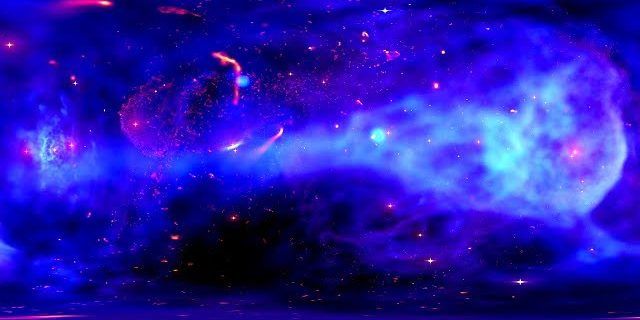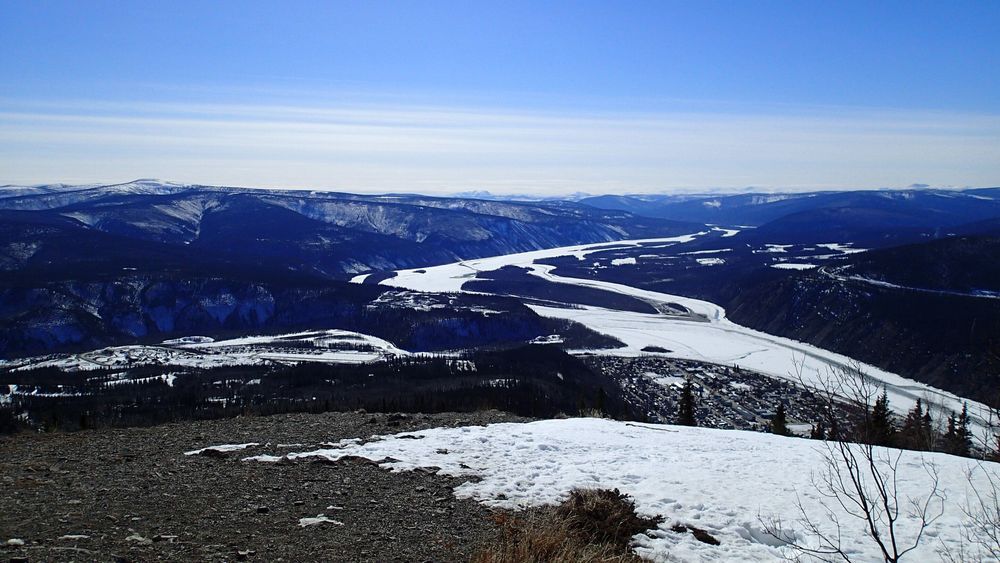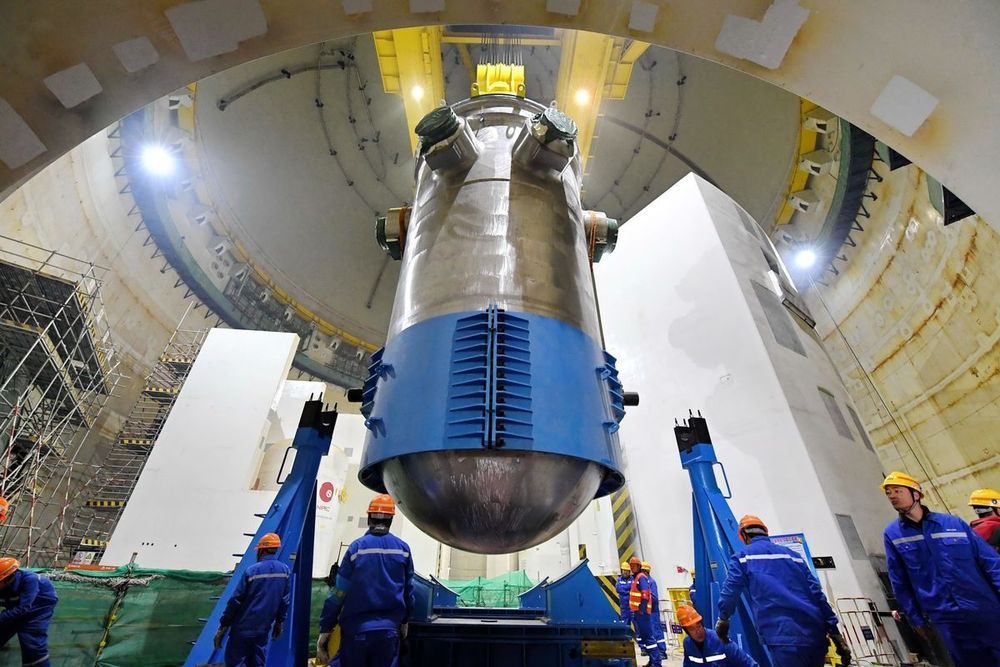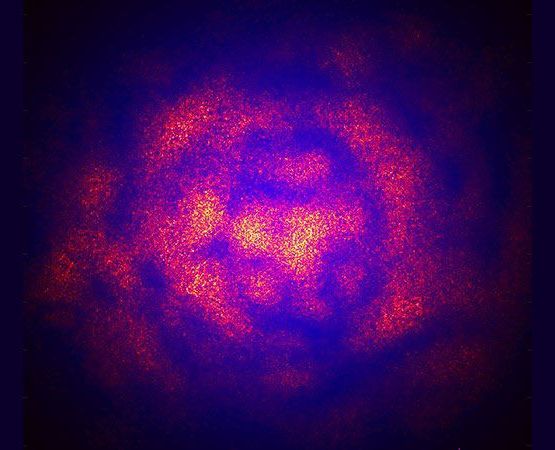Sep 10, 2020
Center Will Focus on Neutron Star Modeling in ‘Gravitational Wave Era’
Posted by Saúl Morales Rodriguéz in categories: cosmology, particle physics
This rendering shows the density of matter in the aftermath of two merged neutron stars, resulting in the formation of a black hole. (Credit: David Radice/Pennsylvania State University)
A new Physics Frontier Center at UC Berkeley, supported by the National Science Foundation, expands the reach and depth of existing capabilities on campus and at neighboring Lawrence Berkeley National Laboratory (Berkeley Lab) in modeling one of the most violent events in the universe: the merger of neutron stars and its explosive aftermath.
Continue reading “Center Will Focus on Neutron Star Modeling in ‘Gravitational Wave Era’” »
